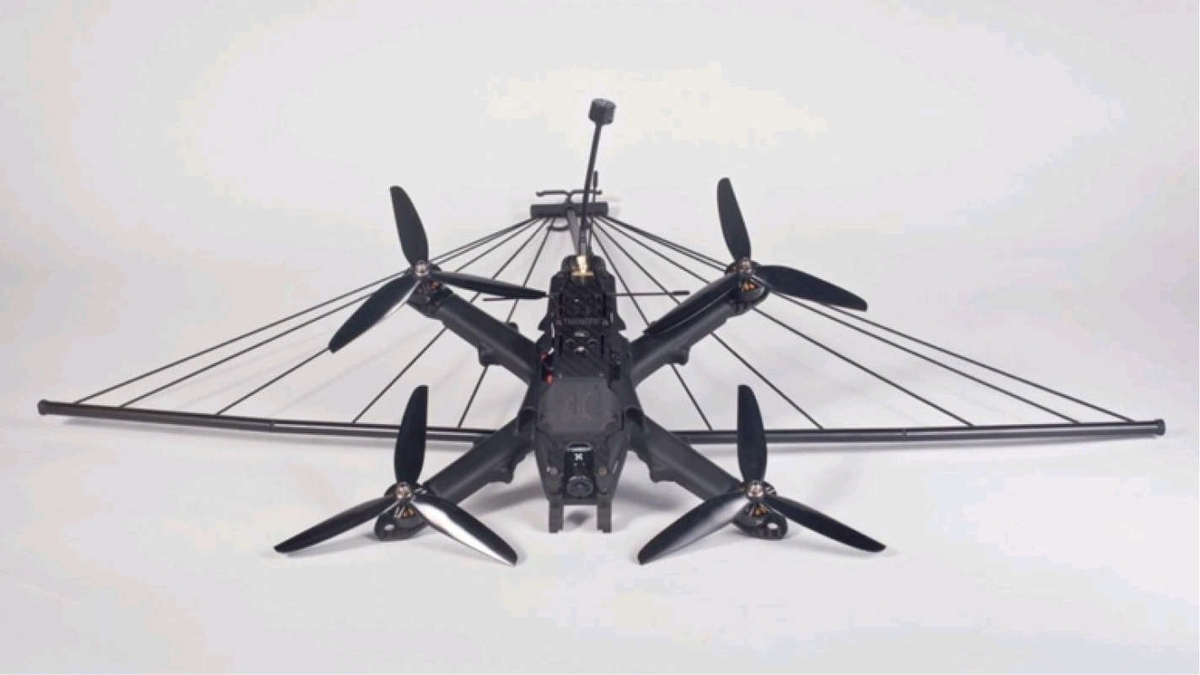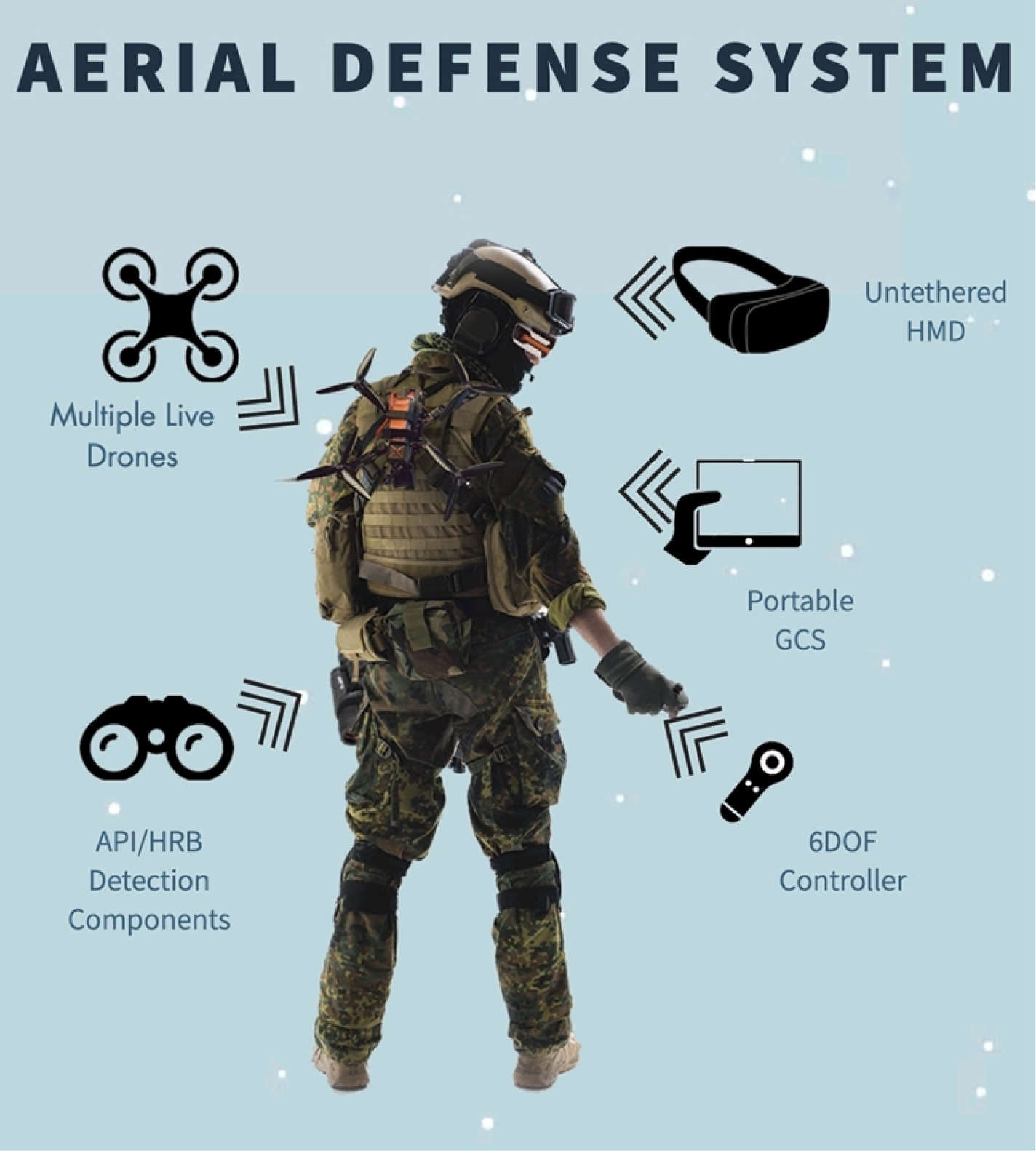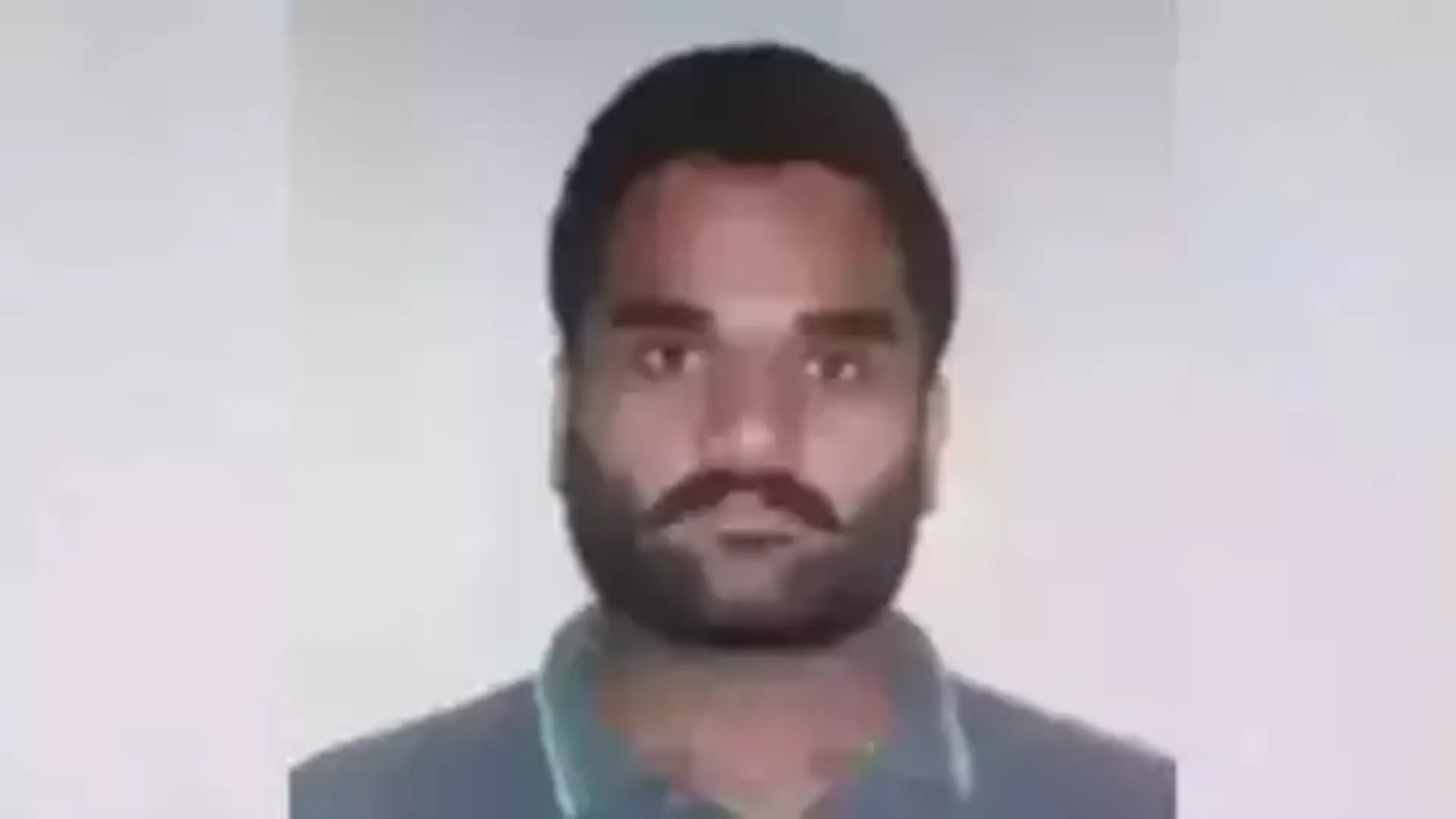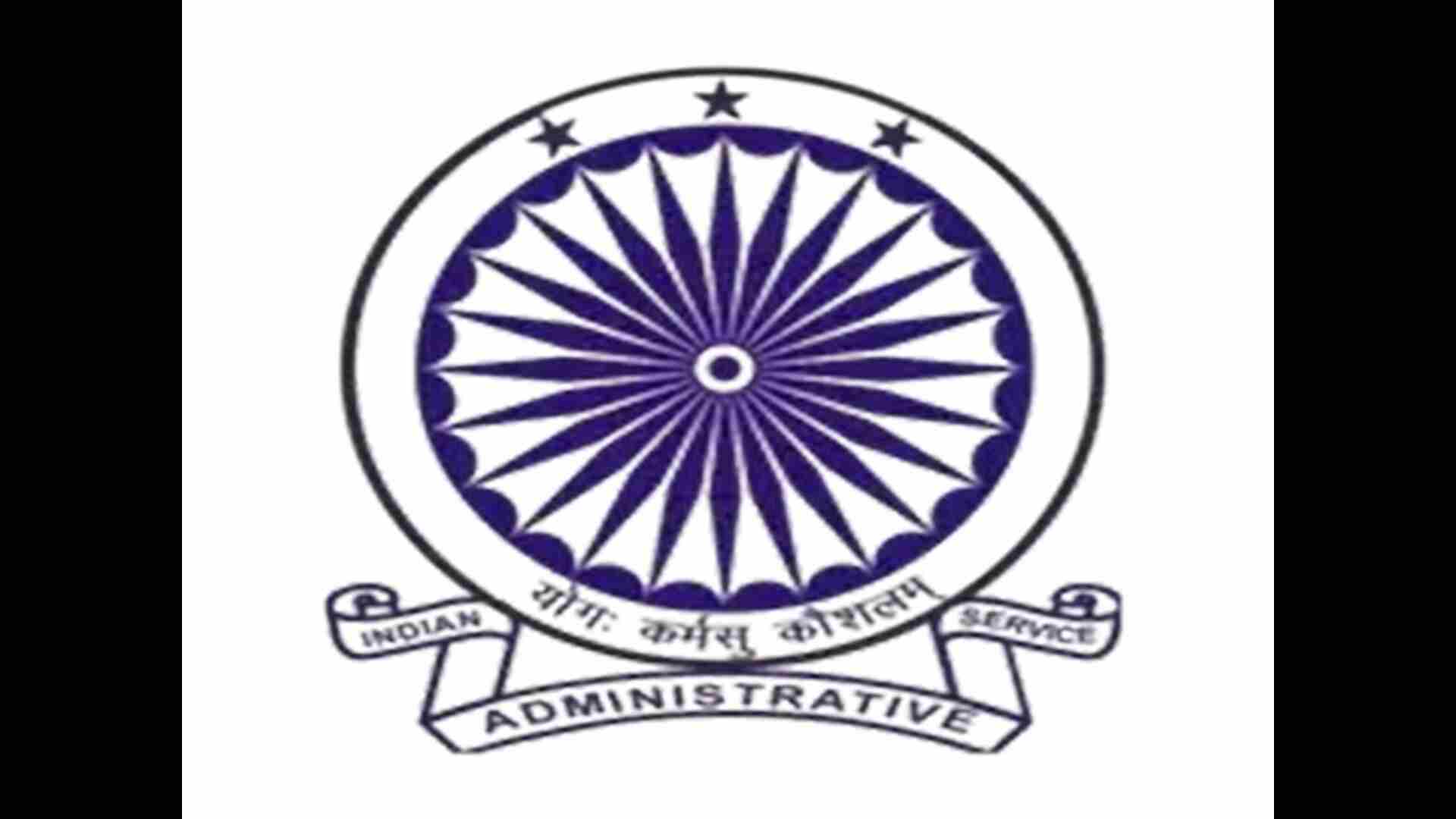
Two blasts were heard at Satwari Airport on the intervening night of 26 and 27 June 2021 at around 1:40 am and 1:46 am. These blasts must have shaken the hearts and minds of the people of Jammu city living nearby as the people of Jammu have suffered a lot of terrorist attacks in the past few years regularly. However, most of the attacks were ground-based fidayeen or IED attacks perpetrated from across the border. The Jammu airport is situated in the heart of Satwari cantonment with the airbase being surrounded almost on all sides by units of the Indian Army. This is one of the major reasons why it is very difficult to attack the Jammu airport by ground infiltration. It is probably, because of this constraint that the terrorists, most likely from the LeT targeted the Air Force base by the aerial route. The blast took place near the helicopter dispersal area, damaging the roof of a building nearby and causing minor injuries to an Air Force warrant officer and an airman. The attack was probably carried out to destroy a helicopter parked in the dispersal area.
POINTS OF CONCERN
It is normally seen that we have always been reactive in our response be it in a conventional or unconventional domain. And once an attack takes place there is an overreaction to take remedial measures without due diligence and thought. For example following the attack on the Sanjuwan garrison in Jammu on 10 February 2018, almost all the military stations in the country went on an overdrive to install protective measures. However, in so doing we ended up overspending the already scarce and valuable resources available with the country and the defence forces. We could have been more pragmatic and economical in our effort. Similarly, even after clear indicators of a possible drone threat, we did very little about it and ended up getting surprised. For example, many Security Experts such as Lt Gen Shankar, (Retired) former DG Arty including me have written on this threat last year following series of drone attacks in several countries such as Iran by the US, Syria, and Saudi Arabian Air Base and Oil facilities.
Drone attacks have become a preferred choice of weapon and as late as 22 April 2021. Iran backed Houthi rebels targeted the Saudi Arabian Oil facilities and military airbase. But these attacks evoked very little concern or preparatory action in our country. Even in our country as per official data the Indian security forces have recorded at least 250 sightings of drones on the Western front with Pakistan since 2019, and at least two drones have entered India this year before the Jammu attack on Sunday, according to the official data. So while the security forces are making efforts two drones had defeated our surveillance network which should have prompted airbases close to the borders to be prepared against such threats especially since it was happening elsewhere in the world as well. We need to be mindful of our attitude towards security threats facing the country. The Jammu drone attack is a very cheap and safe method for attacking such airbases. If the attack was successful then we would have suffered a great loss as well as India’s reputation would have taken a hit.
LIKELY VARIATION IN THE ATTACK IN THE FUTURE
The drone used was probably a P16 drone. Such drones are man-portable, and they are very difficult to detect by radar. The attack would have caused even more serious damages if it had been a high explosive mixed with incendiary material as used in the Pathankot Airbase attack. As I was personally involved in the conduct of the counter-terror operation in the Pathankot airbase incident, I can visualise the consequences of an attack with a cocktail of HE and incendiary material. The secondary damages are even more devastating. We need to be careful of such cocktail explosives which may be used in the future.

Another aspect that worries me is the possibility of using a large number of drones simultaneously (swarm drones) to place such explosives and detonating them either remotely or by a timer mechanism in the golden hours of the night when the security personnel are the least alert. It has also been seen that many times drones enter the target with their explosives, we also call such an attack a KamiKaze drone attack. In the Second World War, Japanese pilots deliberately crashed their aeroplanes into large ships so that that ship would be destroyed at any cost. Further such attacks will be more on the airports along the India and Pakistan border such as Srinagar, Udhampur, Jammu, Pathankot, and Amritsar. Terrorists can also drones to transport weapons and logistics through such drones so that they can enter India without weapons through proper disembarkation points and later marrying up with their contacts in J&K or elsewhere to undertake terror attacks.
THE WAY AHEAD
Such attacks are happening in the world for a long time. These attacks are being carried out by both state and non-state actors, but it is the first time that an Indian military airbase has been targeted. America, Russia, Israel, China and Turkey are experts in the use of drones. America has killed many terrorists by a drone strike in Afghanistan. Similarly, Turkey has successfully used them in the wars of Syria, Azerbaijan-Armenia. Surveillance, intelligence, integrated air defence and spot or point defence are highly needed to thwart such attacks. It has often been seen that due to the monotonous work of the security personnel especially while undertaking defensive duties which result in laxity and becomes the cause of a likely terror attack. Also, our intelligence system is very weak, especially Human Intelligence. The next major weakness has been the need for surveillance over our sensitive installations and bases. To improve our over the installation surveillance capability we desperately need low-level radars and modern night vision equipment. Another matter of concern is that our sensitive bases are often deployed by personnel from the Defence Service Corps (DSC). These jawans are very honest and obedient given their army background but their age comes in the way of their duties especially in the forward areas of the country. Therefore, the Air Force may like to raise a special force to be deployed in forward air bases to back the effort of the DSC. Apart from this, once we detect drones, we should also have the ability to shoot them down. In such a situation, spot defence or point defence becomes very important. To thwart drones, we can use electronic systems such as jammers. A modern jamming system is being tested in South Korea that can neutralise such small drone attacks. Similarly, Britain’s Bright Star Surveillance Systems has launched a new radar in September 2020 named A 800 3D. It can detect small commercial and hobby drones. According to experts, it can easily be included in border management and military systems. The US is also working on a high energy laser system that can destroy and thwart such drones. Similarly, Israel and America have jointly made a system to destroy the drone threat by another drone. In this system, the defensive drone has a net that traps the enemy drone in it and renders it ineffective. The name of this system is Sky-lord.
SKYLORD ANTI DRONE SYSTEM
India will take a lot of time to develop or procure high tech counter-drone systems. Till then, we should try to destroy them with rapid-firing machine guns. Although this is not such an effective method if given the right training it can be fairly good. Airborne threats must be dealt with in an integrated manner. To a large extent, especially against Swarm Drones, we will have to protect ourselves by traditional air defence methods.
In the end, in my opinion, we can also compare drone warfare to aerial guerrilla warfare. Therefore, we need to respond similarly but for this our air and ground surveillance measures have to be good. Similarly, there is a need to focus on developing a strong intelligence network in the areas across the border and around the various sensitive installations such as Ammunition Dumps, Fuel Dumps, Supply Dumps, military cantonments and air bases. The mantra of success against such forces is to focus on SIT (Surveillance, Intelligence and Targeting).
Lt Gen Dushyant Singh (retd) has served in varied terrains and theatre of operations, in India and in the UN as Military Observer. He has commanded an Infantry Battalion, Brigade and a Division in Jammu and Kashmir. He was Command of Corps Chief of Staff Eastern Command and Commandant Army War College. He is currently Professor Emeritus Defence Studies at Gujarat Raksha Shakti University. Twitter handle: @dushy40098.















